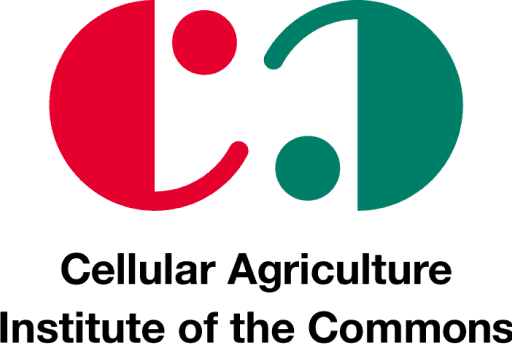What is Cellular Agriculture?
1Global environmental and social issues that cannot wait
One of the reasons why new agriculture and aquaculture industries using cell culture technology are garnering attention from all over the world is because of social issues. In the future, as the global population increases, problems concerning food such as protein shortages may occur, which conventional food production methods alone cannot cover. Trying to counteract these shortages may result in the expansion of production that could have huge environmental consequences, deplete marine resources, and more.
Cellular agriculture is a production method that more people are taking notice of as a solution to these problems.
2Cellular agriculture is attracting attention as a solution to this problem.
A typical example is cultured meat, where the cells of livestock and fish are grown in vitro to produce only the necessary amount of edible meat.
Many examples of cultured meat already exist. In December 2020, for instance, cultured chicken meat was approved for sale in Singapore. In addition, the production of not only beef and foie gras, but also seafood such as salmon and shrimp has been achieved during testing.
3Diverse possibilities that go beyond meat
Moreover, cultured meat does not only create possibilities for solving social issues but also for food diversity. Ways of enjoying food and its diversity are being developed and challenged around the world through the pursuit of deliciousness, the creation and inheritance of food culture, and the design of future food that meets health requirements and the needs of the environment, etc.
Creating cultured meat is, of course, not the only application for cellular agriculture and aquaculture. The field is expanding to include the development of a variety of foods and materials including milk, chocolate, leather, and others which can go a long way to realizing a sustainable society.
4Collaboration among a wide range of positions and disciplines is essential to realize this goal.
While the development of technologies related to cellular agriculture is accelerating worldwide, there are technical as well as legal and social implementation issues. This technology requires collaboration with traditional primary industry workers such as livestock farmers and fishermen.
Other issues concern production costs, guidelines for newcomers, information disclosure, and the public's understanding of this technology.
To resolve these issues, cellular agriculture needs to be developed in a way that benefits society as a whole, including creating rules for the entire process from production to distribution.


